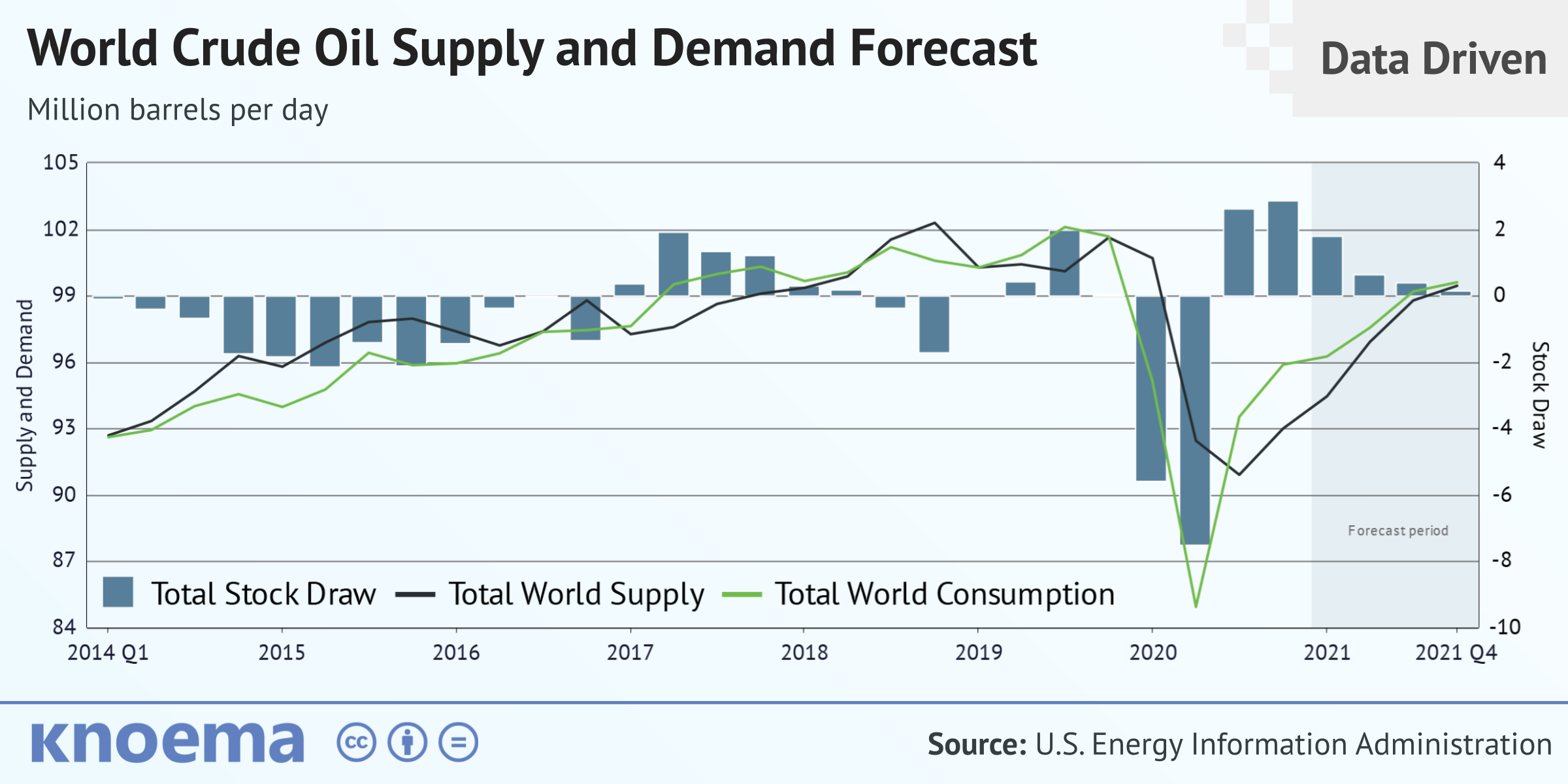Oil prices surged on Thursday, reaching their highest level in four months, after the International Energy Agency (IEA) revised its outlook for the global oil market. The upward revision suggests a tighter market in 2024, driven by stronger-than-expected demand growth.
Brent crude oil futures for May delivery closed at $85.42 per barrel, a 1.7% increase from the previous day. This marks the highest closing price since early November 2023. Similarly, West Texas Intermediate (WTI) crude for April delivery rose 1.9% to settle at $81.26 per barrel, reaching its highest level since early November as well.
The price hike comes on the heels of the IEA's monthly Oil Market Report, which raised its forecast for global oil demand growth in 2024. The agency now predicts an increase of 1.3 million barrels per day (bpd), up from its previous estimate of 1.19 million bpd. This upward revision reflects a more optimistic outlook for the global economy, with dovish signals from central banks suggesting a potential recovery from recent economic doldrums.
The report also highlights the impact of disruptions in the Red Sea region on global oil shipping. Attacks by Houthi rebels have forced vessels to take longer routes around the Cape of Good Hope, pushing up demand for bunker fuel, a type of fuel used to power ships. This unexpected surge in demand has contributed to the tightening of the oil market.
However, the IEA's report acknowledges some lingering concerns. The ongoing economic slowdown in China, the world's largest oil importer, could dampen overall demand growth. Additionally, the significant volumes of oil currently stored on tankers at sea – a result of the longer shipping routes – could provide some temporary relief to the market once they reach their final destinations.
Despite these potential headwinds, the IEA's revised outlook is a positive sign for oil producers. The tighter market conditions are expected to incentivize increased refinery activity, further bolstering oil demand. This, coupled with the ongoing production cuts by the OPEC+ cartel, could lead to a period of sustained higher oil prices in the coming months.
The rise in oil prices has broader implications for the global economy. Higher energy costs can lead to increased transportation costs and inflationary pressures across various sectors. This could potentially dampen consumer spending and economic growth.
Governments and central banks will be closely monitoring the oil market situation in the coming months. Policymakers may need to consider measures to mitigate the impact of rising energy prices on consumers and businesses.

